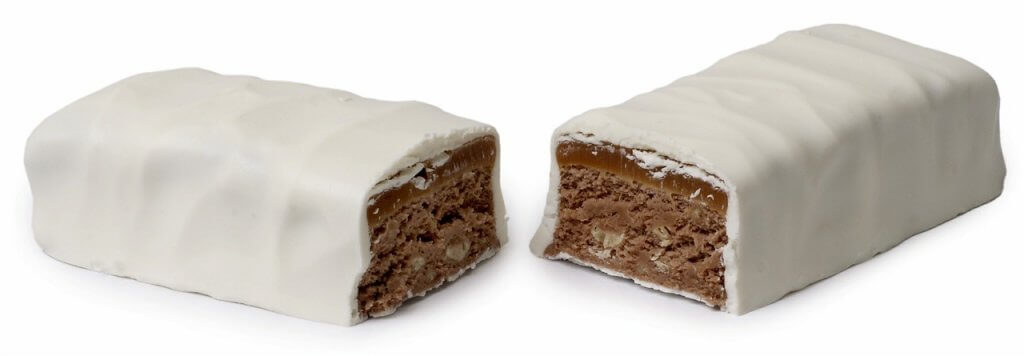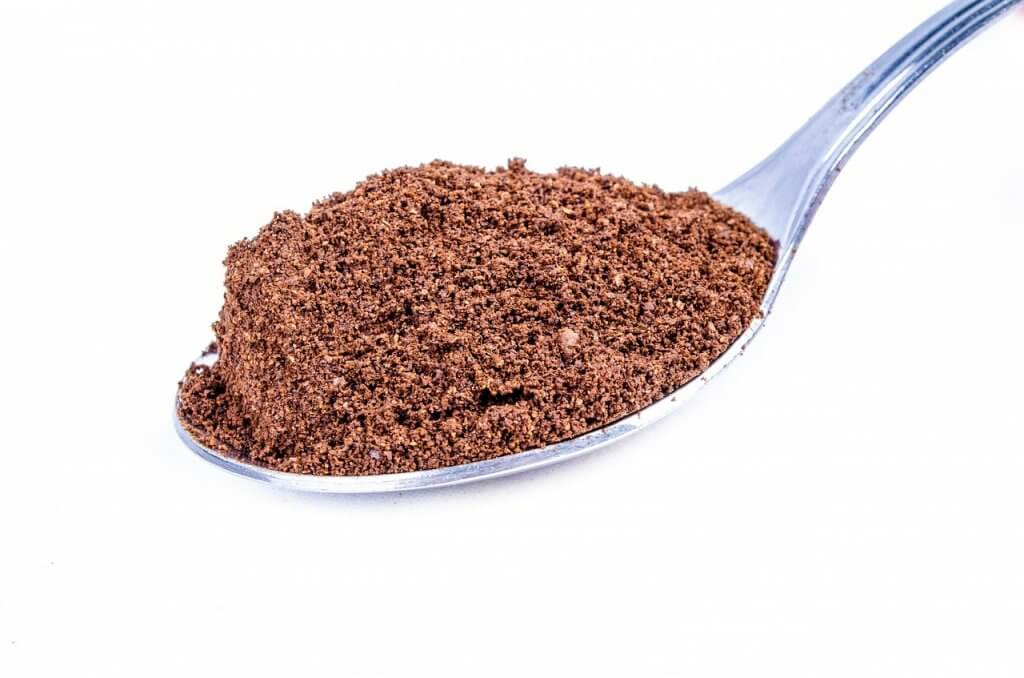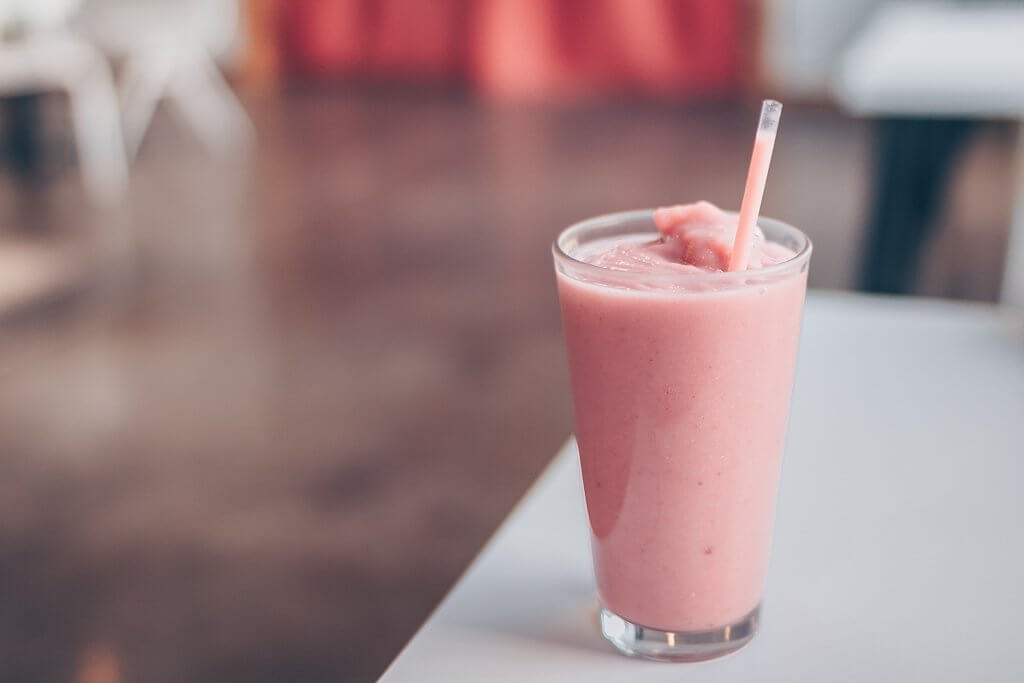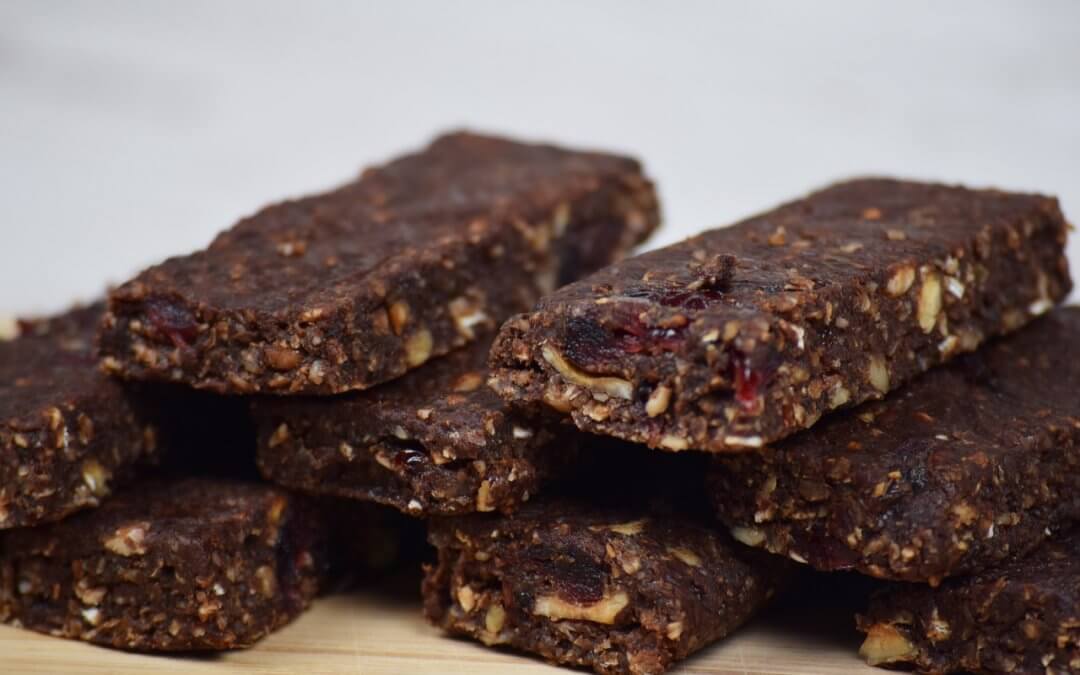Why does the idea of consuming protein in the form of a powder, bar or pre-mixed shake have people in such an iron grip?
When did selecting that protein powder, bar or pre-mixed shake become so complicated?
Even my head spins at the bewildering array of choices and ingredients.
The marketing of protein supplements makes them all appear capable of miraculous things. To confirm or dispute those claims, I feel the need to haul my biochemistry book to the grocery store with me.
How do you begin to choose a protein supplement?
I used to drink red wine. Zinfandel. Dry, peppery, berry-heavy. Lord, I miss that. When confronted with too many choices, I’d sometimes get the bottle with the coolest label. I submit we choose protein-infused products the same way.
I’m often asked to offer guidance on selecting the “best” protein supplement for breast cancer survivors.
Rather than offer a single brand as “best”, I created a six-point list of considerations to help you choose the protein supplement type that’s right for YOU.
Producers of protein supplements want you to believe otherwise, but there is no BEST option for all.
First off, let’s define what all constitutes as a protein supplement and what are the protein supplement types?
Protein Supplement definition is a bit hard to describe. When I hear “protein supplement,” I think mostly of giant tubs of protein powder and men with giant muscles. Protein powder is one type of protein supplement, but it also includes protein bars, and pre-made protein shakes/drinks.

What’s The Appeal for Breast Cancer Survivors?
Protein supplements suffer from the “health halo effect.”
“Health halo” is a term bestowed on foods to give a sense that the food in question is a healthy or healthier choice.
“Health halo” is a concept based on perception (and often, deception.) If you perceive a certain food to be healthier, you may believe it has nutritional benefits it doesn’t.
Breast cancer survivors are particularly susceptible to “health halo” marketing, and why not?
Finding a food that ensures no recurrence or otherwise benefits breast cancer is the holy grail.
Which of course, doesn’t exist.
Turns out, there’s nothing magical about protein supplements; they’re all about convenience.
What could be more appealing than a portable way to get 20-30 grams of protein on the run?
Protein supplements are perfect for busy lifestyles.
Not that I’m an advocate of eating as you run out the door, but you get my point.
Sometimes you need a little convenience to get your nutrition done.
Let’s say you decide to get your protein in actual food form.
Pretend it’s breakfast, and you have time to eat ONE food only. To get that 20-30 grams of protein by eating only ONE of the foods below, notice how much you’d need to consume:
- 4 – 5 eggs
- 1.5 – 2 cups plain Greek yogurt
- 1 – 1.25 cups cottage cheese
- 1.25 – 1.75 cups cooked lentils
- 2.5 – 3.75 cups cooked quinoa
- .33 – .75 cups peanut butter
Of course, you’d likely never eat only ONE food at breakfast to meet that level of protein. You’d combine foods, like toast with avocado + two eggs, which gets you close to 20 grams of protein.
Note, I’m using 20-30 grams of protein as a reference example. Not everyone needs that much protein at breakfast (or any meal, for that matter.) Your protein requirements are unique to you alone; keep reading to figure out how much you need.
The average adult needs at least 0.8 grams of protein per kilogram body weight; some may need more.
If you’re undergoing or healing from chemotherapy, radiation, or surgery, you may need even more protein. (1)
To put the grams per kilogram into real life numbers, a 150-pound person would need at least 54 grams of protein per day. If you break that down further, 15-25 grams of protein per meal is a good aim.
Generally, 15-25 grams of protein per meal helps you feel full and satisfied. It also prevents insulin spikes and supports normal repair. (2)
What’s Protein’s Job?
Regardless of the type of protein you eat (I’ll get to that in a moment), it ALL performs the same function in your body:
- provides amino acids that rebuild enzymes, muscles, tissues and the framework of cells
- supports a strong immune system by stimulating T-cells and other immune cells
- helps manage appetite by stimulating hunger and satiety (fullness) hormones
Your body requires a combination of 20 amino acids (AA’s) daily. There are two forms; essential AA’s (must get them from food) and nonessential AA’s (your body makes them). (3)
The protein replacement world offers countless forms of this amino acid/protein combinations from different foods. If you do choose protein supplements, consider mixing it up, or getting a mixed source supplement to get a variety of sources of amino acids/proteins!
 Some protein supplement types include:
Some protein supplement types include:
- Pea
- Egg
- Hemp
- Goat milk
- Whey
- Soy
- Casein
- Sprouted-grain blend
- Rice
- Pumpkin seed
- Coconut
- Artichoke
- Cranberry
Within each protein category there’s even more confusion, er, choice:
- Paleo
- Vegan
- Vegetarian
- Superfood
- Organic/non-organic
- Sport
- Complete Amino Acid Profile
- Branched Chain Amino Acids

Six-point Checklist for Finding the Best Protein Supplement for Breast Cancer Survivors:
1. Is it animal or plant-based protein? Do you have a preference?
- Animal protein sources: whey, casein, egg, goat milk
- Plant-based protein sources: pea, hemp, soy, sprouted-grain blend, rice, pumpkin seed, cranberry, artichoke, coconut
2. What are the main ingredients, and the order they appear on the ingredient list?
- Ingredients listed are in descending volume order. The product contains the highest volume of the first ingredient listed and least volume of the last ingredient.
- As a general rule, protein POWDERS have a short ingredient list. They’re designed as a way to add protein to meals/recipes.
- Protein MEAL REPLACEMENT shakes and bars tend to have longer ingredient lists. They’re designed to act as a portable mini-meal without having to be eaten with other foods.
- Is there any ingredient you have an allergy, intolerance or aversion to? Obviously, you want to avoid those.
- Are there ingredients you avoid? Added sugar, artificial flavors or sweeteners, soy protein isolate, thickeners, gums or vegetable oil are a few examples of questionable ingredients common in protein supplements.
3. What vitamins and minerals are listed? Do you also take a multivitamin or other supplement?
- Be aware of duplicate vitamins and/or minerals that could lead to high intake levels! Consider added vitamins and minerals as supplemental, contributing to what you currently take.
- Undergoing chemo or radiation? Ask your oncology RD about vitamins and/or minerals in your protein supplement. Supplemental vitamins/minerals may interfere with your treatment protocol and/or medications. (4)
4. Why are you purchasing this product?
- The reason why you’re choosing the protein supplement can help you select the right one.
- Reasons to consider:
- Convenience
- Little or no appetite for “real” food.
- No energy, interest or time to prepare food; using as meal replacement.
- Want more muscle from weight training efforts. Heard protein powders and bars are the best way to accomplish.
5. Price
- Ready-to-eat foods often cost more than food you prepare from scratch. Protein supplements can be pricey, so it’s worth considering! Are they a regular or occasional buy?
- Less expensive protein supplements may contain more fillers and non-essential ingredients. You get what you pay for – stock up on better quality products when they’re on sale.
6. Are you using the product short or long-term?
- Short-term: You occasionally don’t feel like preparing or eating a meal. You want a convenient way to boost protein on those days you whip up a smoothie.
- Long-term: You like the taste and convenience and intend to make the product part of your daily diet. You’re struggling to get enough from whole food sources.

Protein supplements like protein powders, bars, and shakes can be part of your breast cancer diet. If you feel you’re relying on protein supplements to meet most or all of your daily protein needs, get some guidance on other ways to accomplish that.
To choose the best protein supplement for you, think about how you’re going to use the product, whether or not it fits your budget and lifestyle, what nutritional benefits you’re looking for, and how taste and convenience stack up.
Whether you choose to use a protein supplement or to get your protein from whole foods, try to have a source of protein at each meal to keep you feeling satisfied until your next meal or snack.
What’s your favorite protein supplement or high protein food recipe? Share with me in the comments!
_________________________
Thanks for reading my blog post!
Ready to eat with peace and enjoy your food again?
CLICK HERE and grab your FREE copy of The Five Foods Survivors Should Eat
CLICK THIS LINK and watch my 2-minute Peaceful Plate program video!
Follow me on Instagram @hormone.breastcancer.dietitian
This information is for educational purposes only and is not intended as medical advice. Please consult your dietitian or doctor for guidance specific to your needs.
_________________________
Read More:
A new approach to nutrition to reduce breast cancer risk
Advice on foods to avoid for newly diagnosed breast cancer patients
SOURCES


